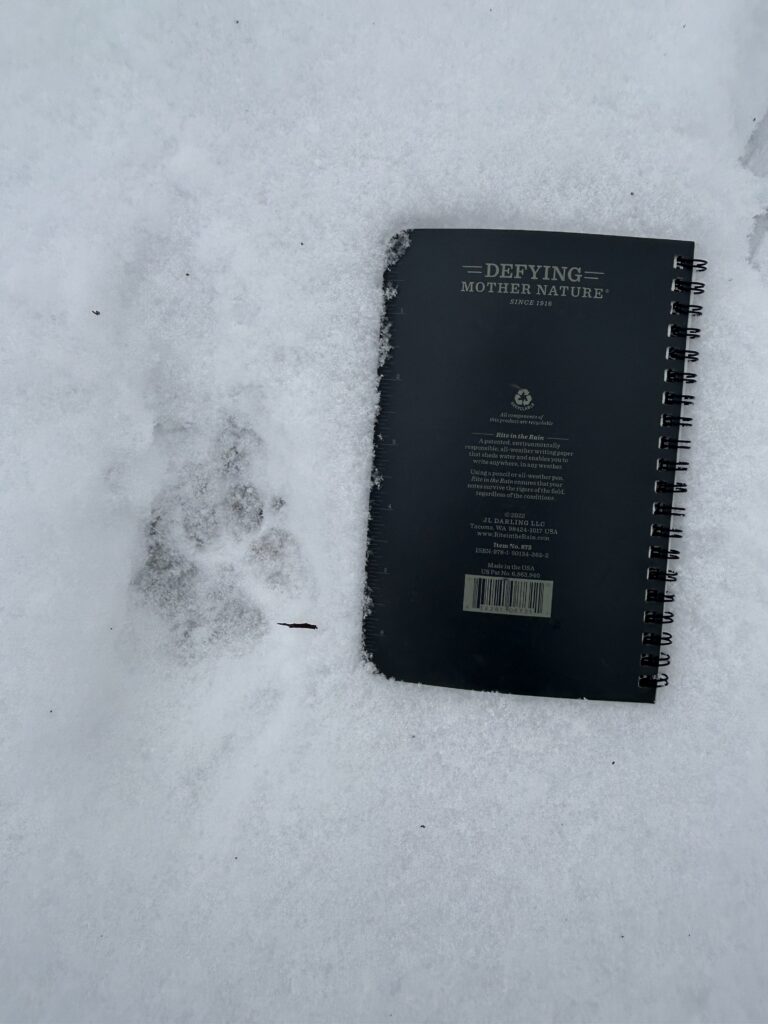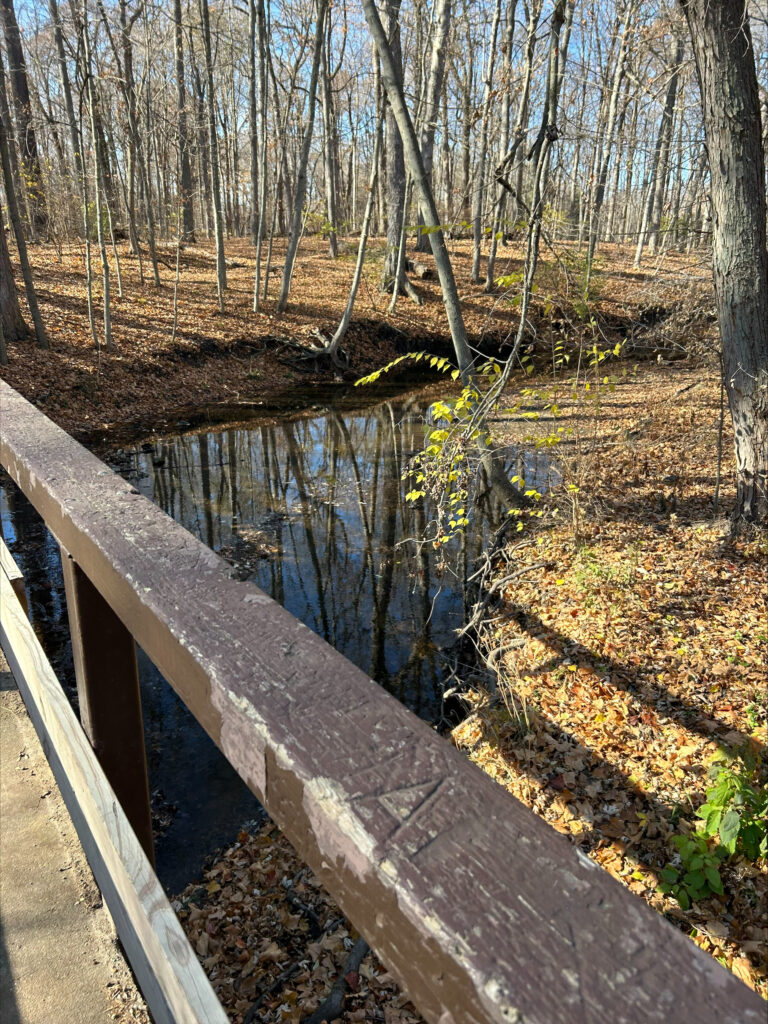It was hard for me to believe the spring equinox occurred a few days ago while I was walking to phenology spot. The entirety of Centennial Woods is covered in a layer of packed snow, which made for good tracking conditions. The print in the snow likely belongs to a dog, but I’m not quite sure about the one in the mud…


I noticed more and more bird calls as I walked further into the forest. I spotted Black-Capped Chickadees, crows and many robins. While my phenology sight is mostly phragmites and therefore did not feature many birds itself, The entire natural area without a doubt has more birds than it did in the winter. Unfortunately, this was the only bird photo I was able to snap!

The phragmites look essentially the same as they have all winter. Most are currently weighed down by the snow, but it won’t be long before they spring back up and start to turn green. As for more noticeable changes in foliage, the neighboring Sumac is starting to grow buds along with the saplings in the stand.

























